I looked up Ghasmari just now as "Ghasmari Gauri" on google, and found (putting several things together)Whatever Hindu legend Ghasmari had, and however she arose in Buddhist sadhanas, ultimately she has a completely functional meaning which is on the other side of something like being washed by Kurukulla and gaining a balance towards Six Families, which is part of the meaning of Guna or Jewel Family in Paramadya-->Samputa, and also the whole Dakini Jala is Six Families as compared to for example Mahakarunika which focuses one of them.
1) she is pictured doing a tarjani mudra in her left hand
2) she is green and black.
as of last night, both of those have happened to me.
I also found this thangka,
Dombini (is this Dombi?) is next to her, and is "multicolored". Seen that as well.
You have Kurukulla as a red Nairatmya. I found elsewhere, Kurukulla apposed to Vajrasattva as red and white, as in red and white drops.
I'm not sure what the question here is, but these things all seem to have some relevance to things in my shaking.
- Home
- Forum
- Chat
- Donate
- What's New?
-
Site Links

-
Avalon Library

-
External Sites

- Solari Report | Catherine Austin Fitts
- The Wall Will Fall | Vanessa Beeley
- Unsafe Space | Keri Smith
- Giza Death Star | Joseph P. Farrell
- The Last American Vagabond
- Caitlin Johnstone
- John Pilger
- Voltaire Network
- Suspicious Observers
- Peak Prosperity | Chris Martenson
- Dark Journalist
- The Black Vault
- Global Research | Michael Chossudovsky
- Corbett Report
- Infowars
- Natural News
- Ice Age Farmer
- Dr. Joseph Mercola
- Childrens Health Defense
- Geoengineering Watch | Dane Wigington
- Truthstream Media
- Unlimited Hangout | Whitney Webb
- Wikileaks index
- Vaccine Impact
- Eva Bartlett (In Gaza blog)
- Scott Ritter
- Redacted (Natalie & Clayton Morris)
- Judging Freedom (Andrew Napolitano)
- Alexander Mercouris
- The Duran
- Simplicius The Thinker





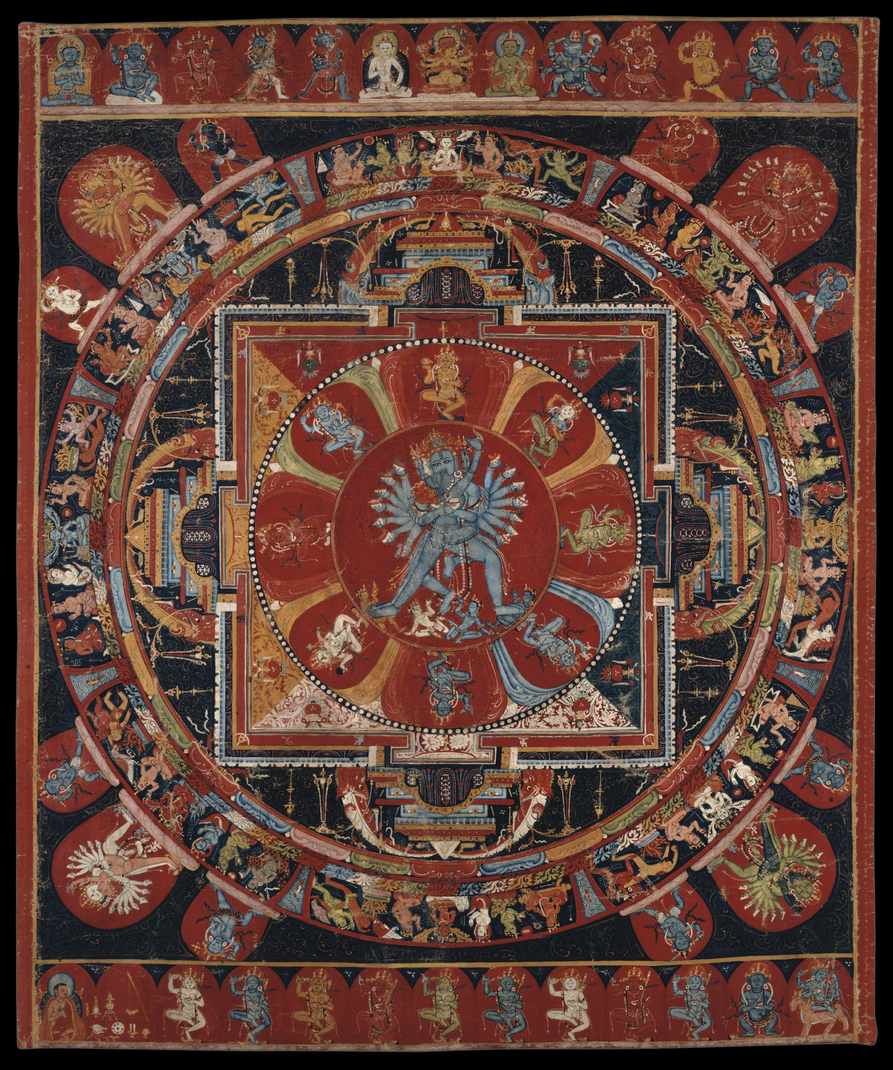
 Reply With Quote
Reply With Quote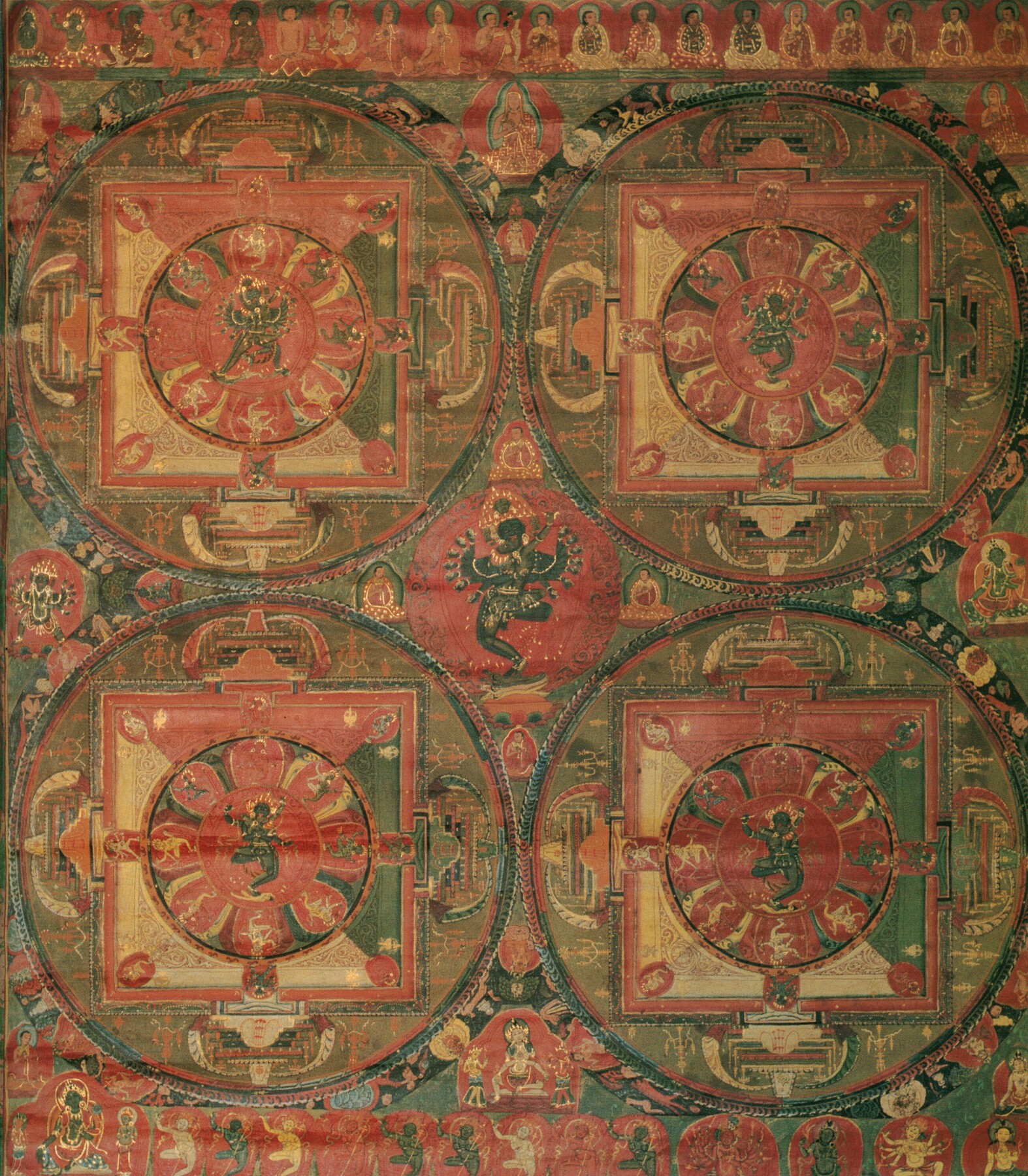
.jpg?w=400)


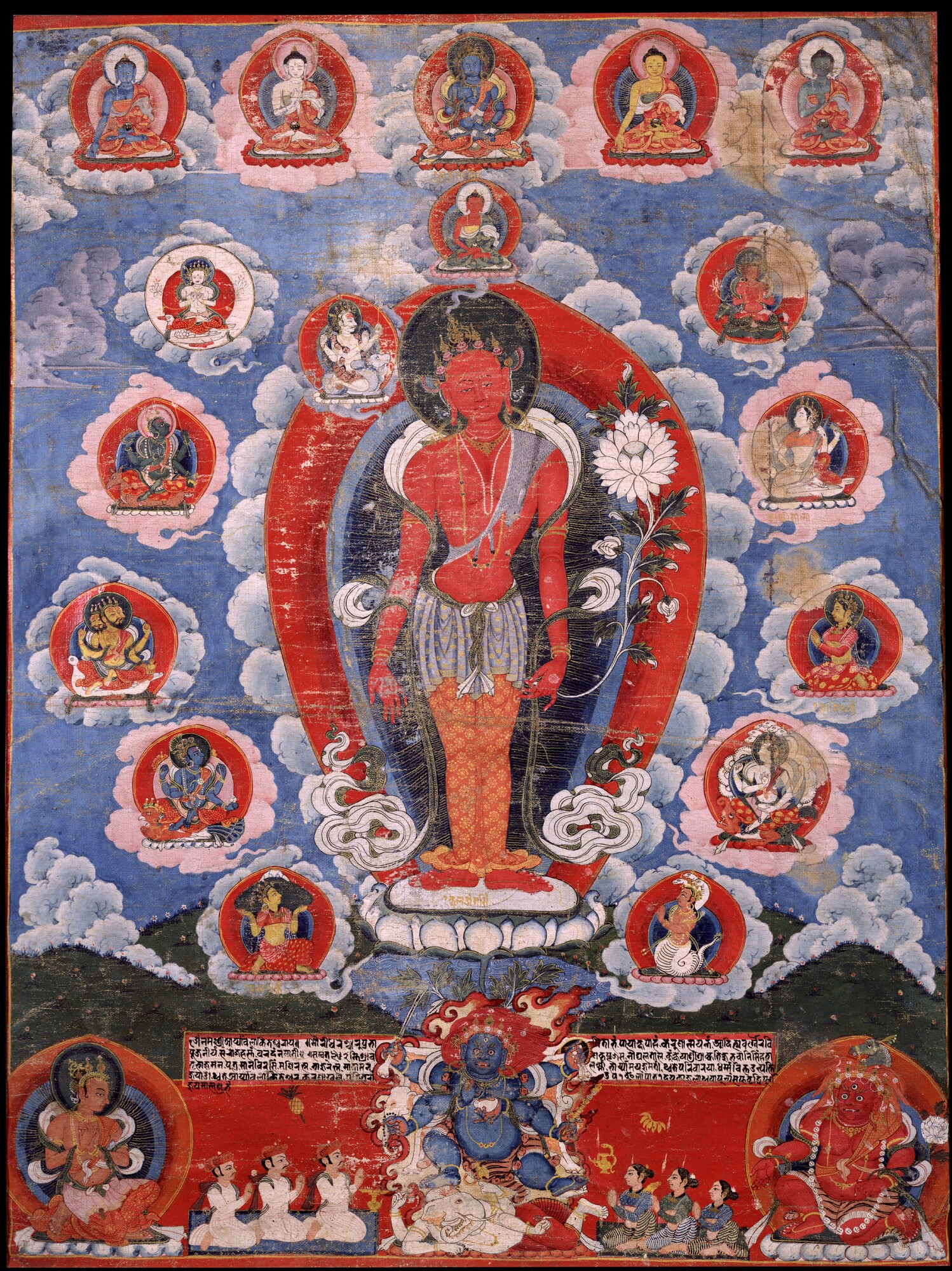
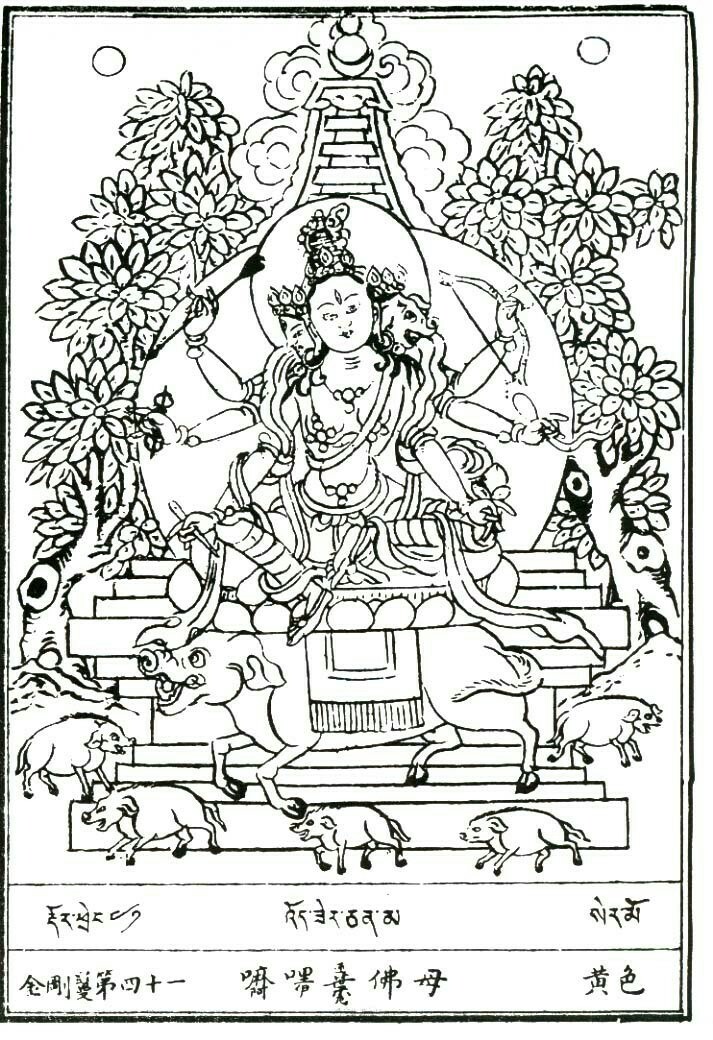


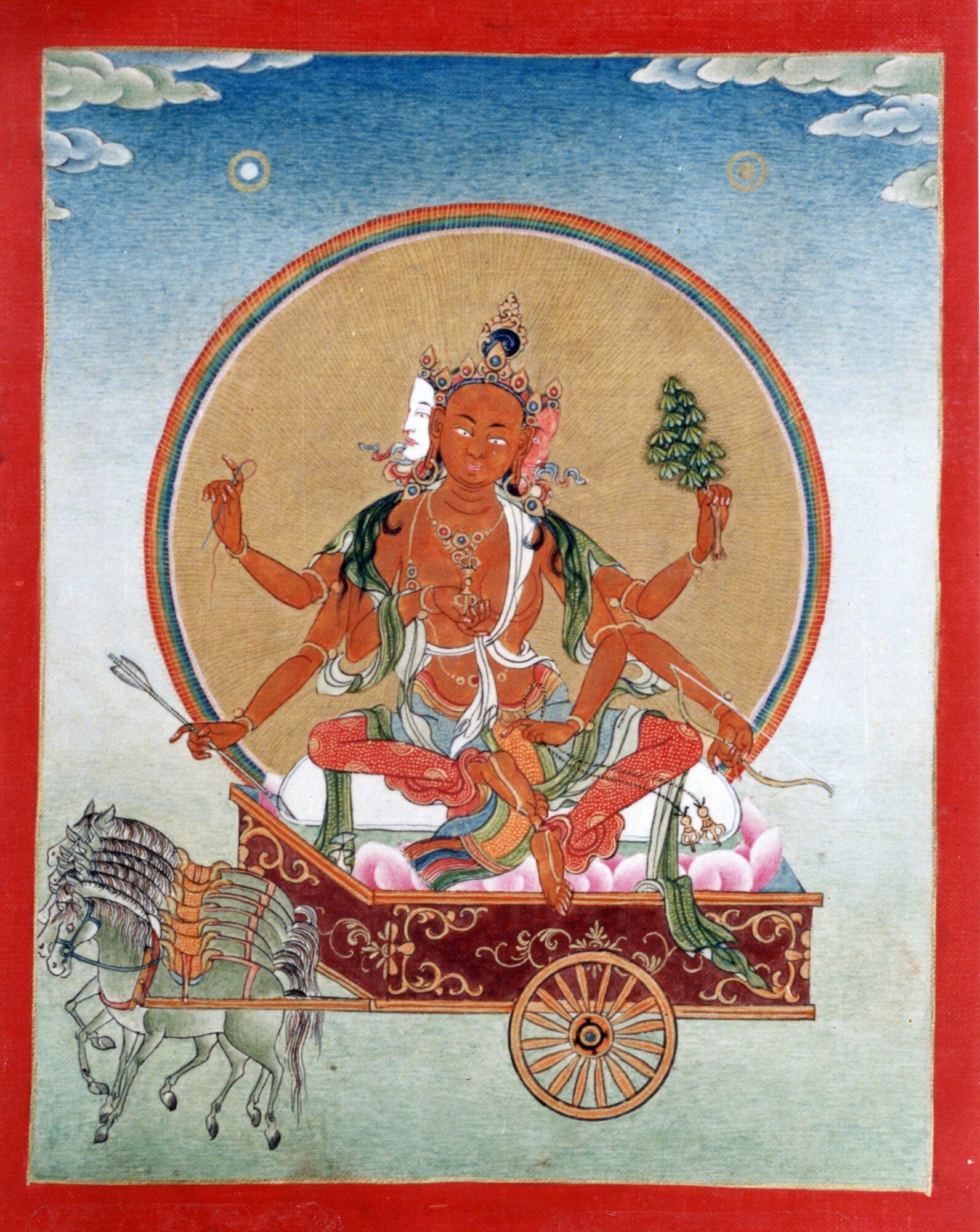
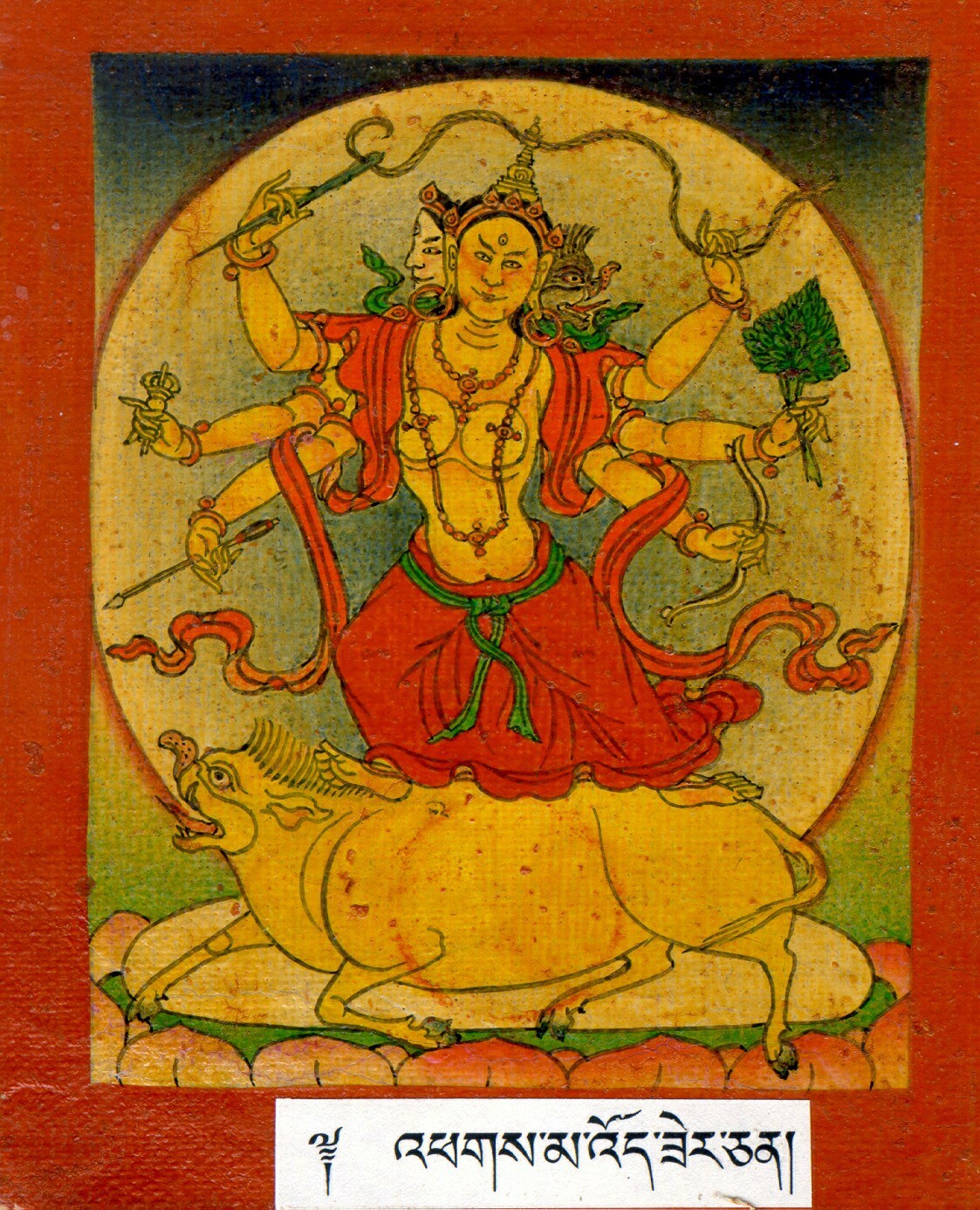
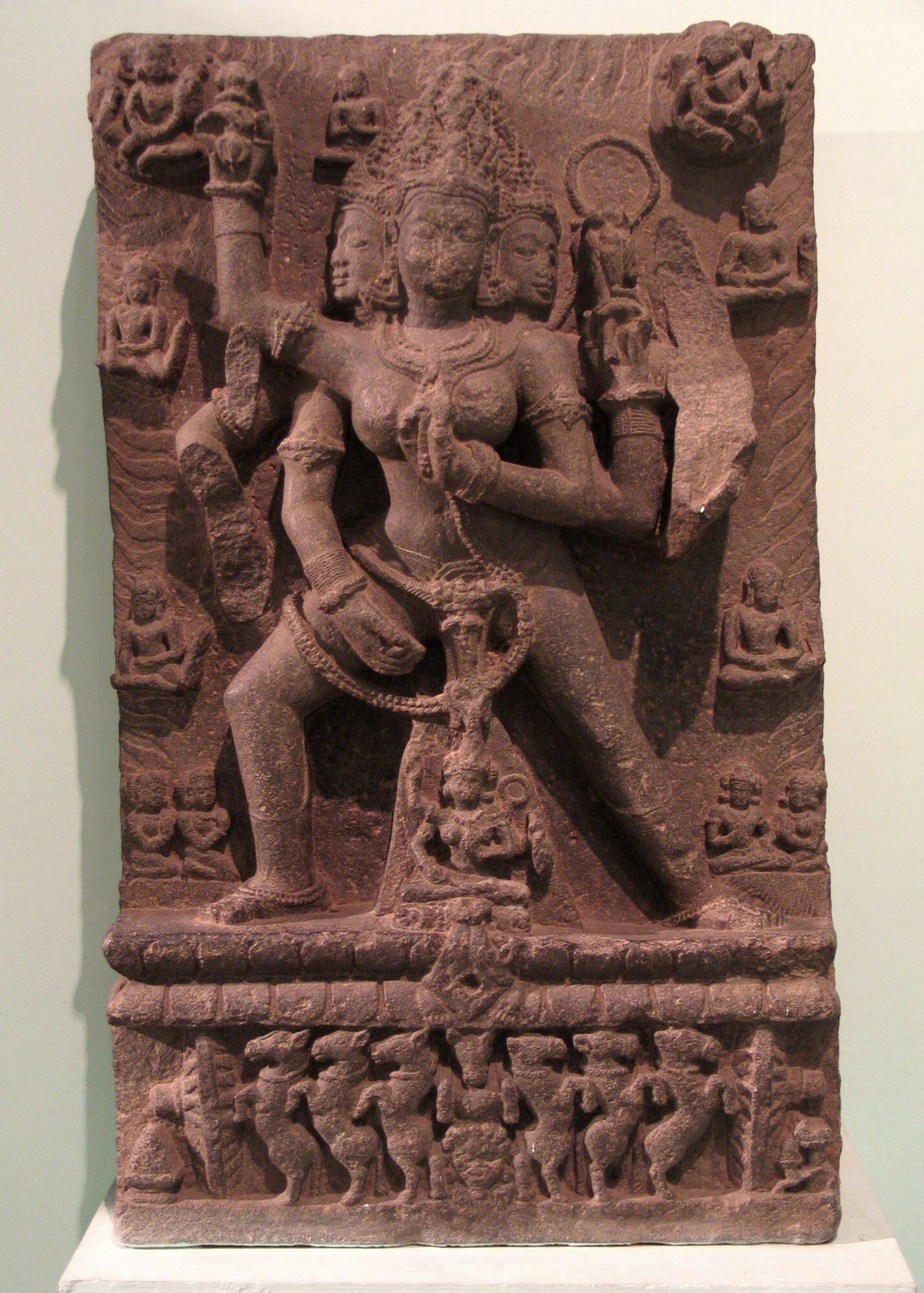
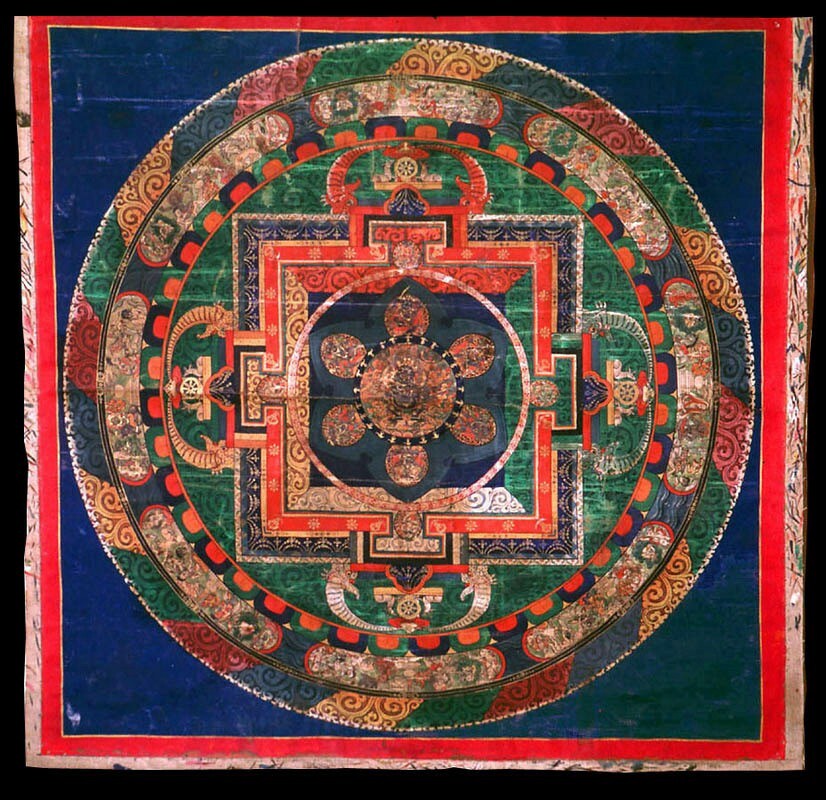


Bookmarks